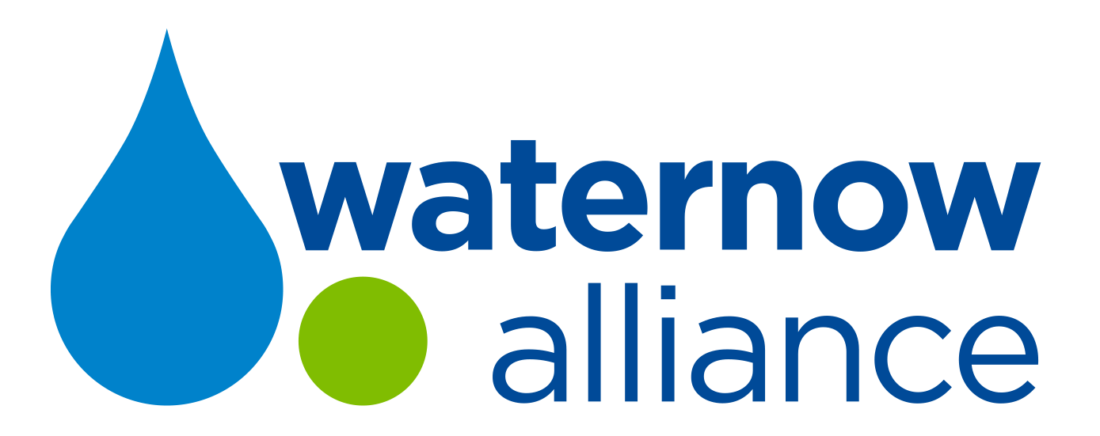By Caroline Koch, Water Policy Director, WaterNow & Stephanie Vo, Senior Water Policy Associate, EPIC
The Environmental Policy Innovation Center and WaterNow Alliance’s new report, Navigating Green Infrastructure Maintenance with Capitalized Establishment Costs, offers a key pathway to scaled investment in green infrastructure. For two decades, local stormwater managers have recognized green infrastructure (GI) as an effective, multi-benefit approach to manage stormwater.  GI provides significant benefits for combating the water quality and climate change related challenges that municipalities face. In addition, GI is a centerpiece One Water strategy; it can capture and reuse stormwater to enhance water supply reliability, creating resilience to drought. Beyond these water management benefits, GI generates community and economic co-benefits including local green jobs, among others.
GI provides significant benefits for combating the water quality and climate change related challenges that municipalities face. In addition, GI is a centerpiece One Water strategy; it can capture and reuse stormwater to enhance water supply reliability, creating resilience to drought. Beyond these water management benefits, GI generates community and economic co-benefits including local green jobs, among others.
Yet, GI has mostly remained on the fringes of stormwater management. A “nice to have” amenity. It makes up only 10% of stormwater management organizations’ expenditures and only 3% of the Clean Water State Revolving Fund’s investments.
To realize its potential and have a substantial impact for communities, GI needs to scale up. There are different reasons why GI hasn’t been implemented at scale, and lack of funds to pay for GI maintenance is often cited as one leading barrier. GI practitioners and proponents can ensure that a 3-5 year establishment period for GI is treated as a capital cost instead of a maintenance expense, which can help them navigate the maintenance funding barrier and get GI to scale.
 Recognizing establishment period costs as capital costs unlocks benefits for municipalities to finance and scale up GI. It can give municipalities time to train maintenance providers or property owners, as well as help them pay for establishment costs over time rather than through annual budgets. The report showcases GI projects in Hoboken, New Jersey, and the Milwaukee Metropolitan Sewerage District as examples of how project managers can use this tool. Capitalized establishment costs were crucial to successful implementation for both case studies–but doing so was not a given.
Recognizing establishment period costs as capital costs unlocks benefits for municipalities to finance and scale up GI. It can give municipalities time to train maintenance providers or property owners, as well as help them pay for establishment costs over time rather than through annual budgets. The report showcases GI projects in Hoboken, New Jersey, and the Milwaukee Metropolitan Sewerage District as examples of how project managers can use this tool. Capitalized establishment costs were crucial to successful implementation for both case studies–but doing so was not a given.
We make recommendations to local water managers, SRF state administrators, and the EPA to collaborate with stakeholders, develop guidance, and better prioritize GI to help ensure this tool gets implemented more often. The recommendations include:
Local Project Managers
- Engage all stakeholders involved in the project planning process to build trust and understanding about GI projects.
- Work with SRF administrators to gain access to SRF funding for GI projects.
CWSRF Administrators
- Think creatively about incentivizing GI through your SRF program, which may require updating CWSRF state policies or providing state specific guidance.
- Develop GI useful life guidance for GI to set accurate loan terms.
Environmental Protection Agency
- Provide states guidance on what qualifies as capital costs for GI projects.
- Increase Green Project Reserve GI uptake.

